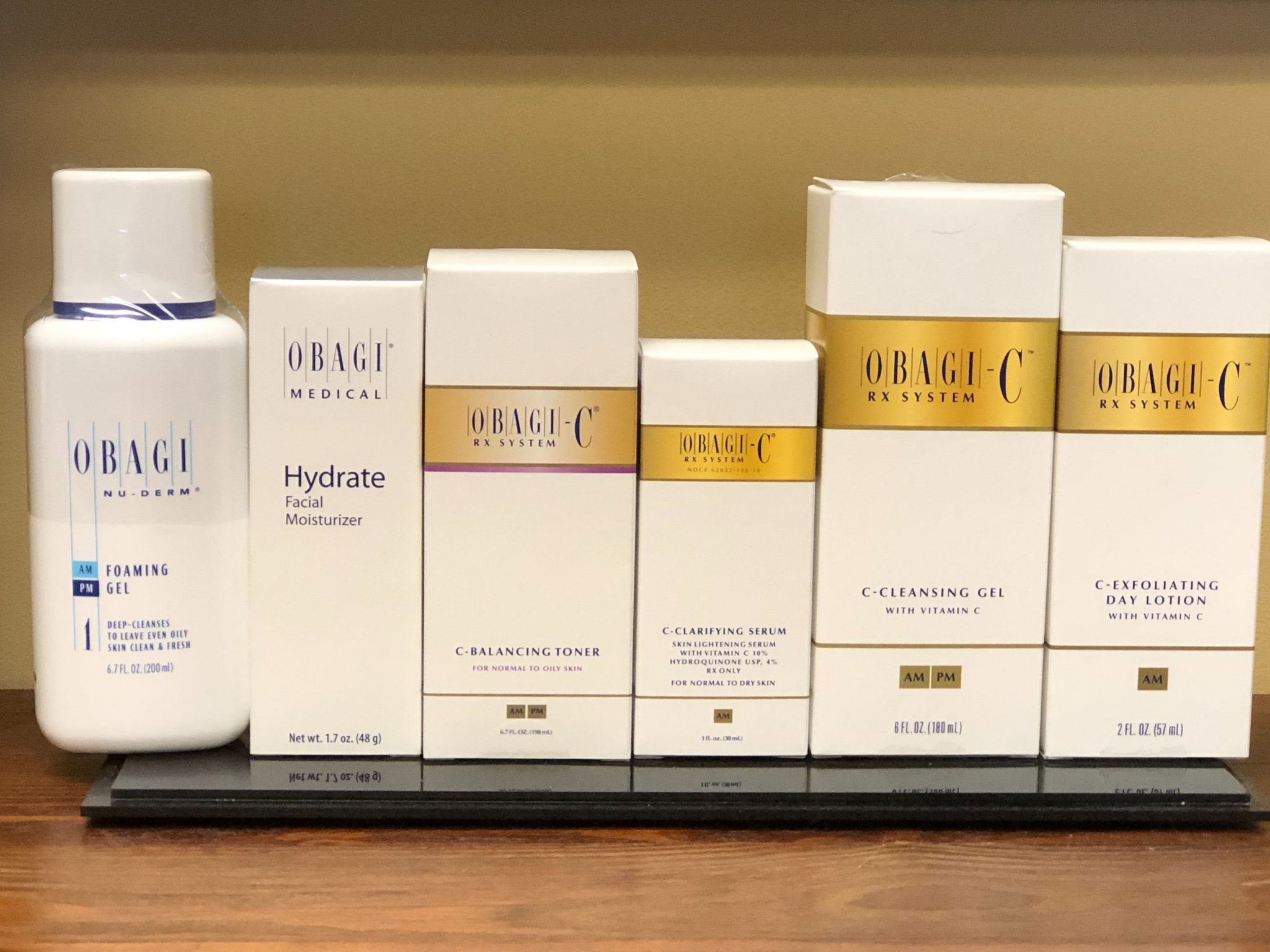January is the traditional time of year when many of us make New Year’s resolutions…
What’s Bugging You? A Hunter’s Guide to Chiggers, Ticks & Poisonous Plants Part 3: Poison Plants
At Price Skin Care of Ridgeland, Mississippi we’re committed to helping you take care of your skin – and avoiding nerve-wracking itching, pain and disease from nature’s nasties like chiggers, ticks and poisonous plants.
If you’re a hunter – or married to one – make plans to protect yourself or your loved one from the elements of nature that can ruin your fun.
In part the final part of this series, we’ll explore poisonous plants such as poison ivy, poison oak and poison sumac. We’ll look at how to identify the plants, the signs and symptoms of poison plant rash, and how to treat them.
Three Poisonous Cousins: Ivy, Oak & Sumac
The most common poisonous plants hunters encounter is poison ivy and its cousins: poison oak and poison sumac. The plants themselves aren’t actually poisonous but the oil on their leaves can cause an allergic reaction, which results in a rash that itches like crazy and may even blister.
The rash doesn’t appear immediately after coming into contact with any of the three poisonous cousins. It takes 12-24 hours after exposure to manifest. But unfortunately by that time, the afflicted person has already spread the plant’s oil to other parts of their body and can be especially painful if the person has touched their eyes or genitals. Worse, if the afflicted has breathed smoke from a bonfire containing the poisonous plants, it can affect their mouth, throat and lungs.
An Ounce of Prevention
The best prevention is to avoid physical contact with the poisonous plants and their oil. That may be easier said than done when you’re out and about in the woods.
But just to help – here is a brief primer on characteristics that identify poison ivy, oak and sumac.
Poison ivy:
• Leaves are pointed at the tip
• Leaves are in clusters of three and grow on a stem.
• From May through June has yellow-green flowers and round, white berries.
Poison oak:
• Lobed leaves with rounded edges
• Leaves are in clusters of three and grow on a stem.
• From May through June has yellow-green flowers and round, white berries.
Poison sumac:
• Leaves have an oval or oblong shape, tapering to a point on each end.
• 6-12 leaves grow parallel on a stem, with an additional leaf at the end.
• The flower and fruit are similar to that of poison ivy and poison oak.
Try to stay away from plants that look like these.
Other Preventive Measures Include:
• Wear long pants and long sleeves while outdoors.
• If you suspect any exposure, wash everything that may have come into contact with the oil of the plant.
• Use a barrier cream such as IvyBlock.
• Take a shower and wash with soap as soon as you arrive home from the outdoors. Your secret weapon is soap, which makes the oil dissolve in water.
• Wash all clothing, jackets and anything else that you’ve come into contact in the woods or since you’ve come home such as towels, bed linens, sleeping bags and even items like watch bands and eye glasses.
If All Else Fails
If you do find yourself with a poison ivy/oak/sumac induced rash, it’s best to treat immediately. If left untreated, the rash can last for weeks.
For a mild case, you can trying the following methods:
• Apply over-the-counter hydrocortisone cream on affected areas.
• Take oral benadryl and soak in a hot bath to help relieve the itching.
• If blisters develop, add Burrow’s solution or Aveeno oatmeal bath to the water.
• Use over-the-counter aluminum acetate in compresses to help the lesions dry out.
When to See Your Doctor
See your doctor if: your rash seems severe; or if you aren’t sure if you really came into contact with a poisonous plant. Rashes such as shingles and herpes can mimic the effects of poison ivy/oak/sumac.
Your doctor may treat with stronger topical steroid creams or with injections or oral medications. If that happens make sure and take the entire course of treatment or the symptoms may come back. It can take a week or more for your immune system to eliminate the oil in your body from these poisonous plants.




